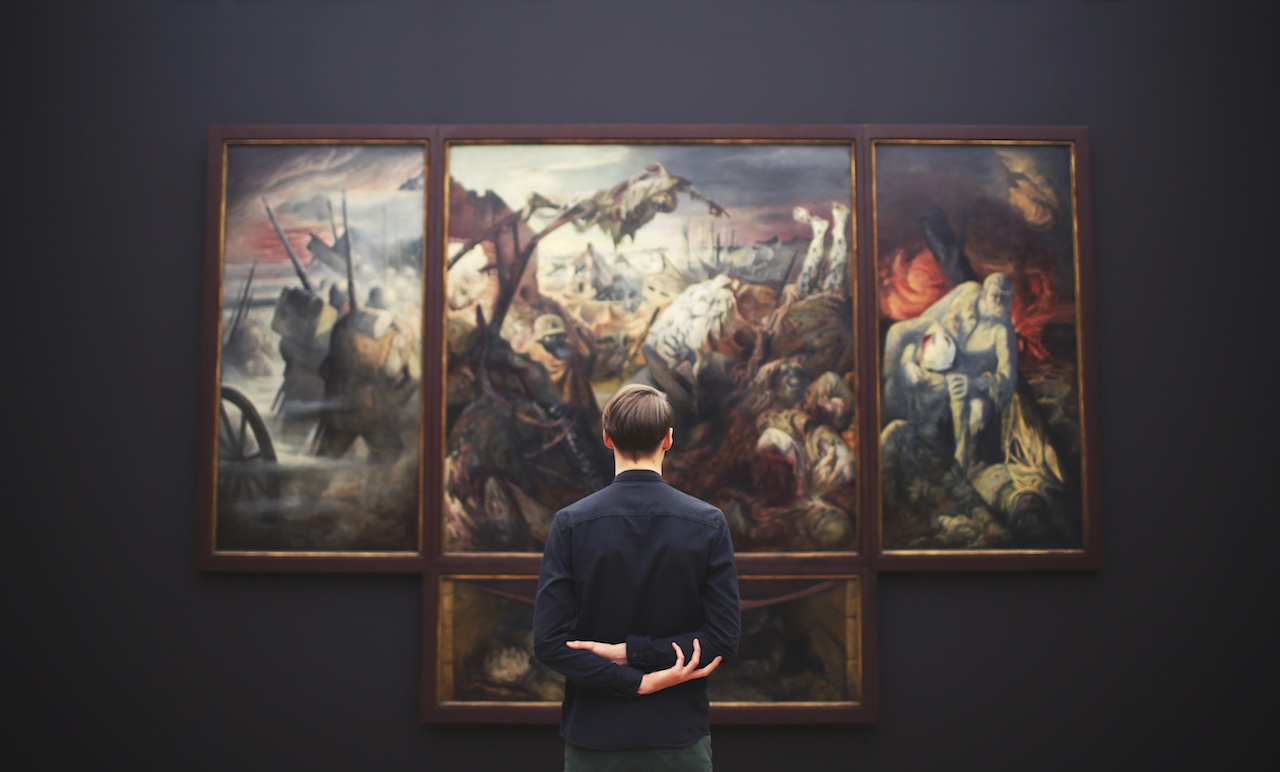A truly great work of art: ability to attract the attention of its audience, invoking passion and strong emotion in them while at the same time, allowing for artists to disseminate their message clearly through their work. It may not necessarily be in terms of pricing. An expensive piece of art may not be truly great if it does not fulfil these conditions.
First and foremost, an artwork must have the basic quality of being aesthetically pleasing in order to make a strong impression on its viewers. Form, colour, composition and the like are a testament to an artist’s mastery over his craft. It is such qualities which invite viewers to analyze the artwork at a closer level. FX Harsono’s installation of butterflies arranged as fine dining food was only so successful because of the artist’s tasteful arrangement of the dead insects in a tidy fashion, emulating the arrangement of food in a restaurant. Without this, the work would have been considered a hideous desecration of nature, abusing carcasses of life forms for the sake of art. Even in the modern art world where installations are the most prevalent medium, artists still respect the very basic needs of composition and form in the creation of their artworks.
Indeed, strong and powerful symbolic elements are required to be present in an artwork should it even desire to be considered a great work in the first place. American artist Joseph Beuys often made use of felt and fat in his performance pieces to symbolize warmth and a sense of claustrophobia; the use of these materials eventually became a symbolic trademark of all his famous artworks such as ” I like America and America Likes me”. The symbolic value of aesthetics enables an artist to use his artwork to relate with the audience, even with those who are not practitioners of art.
A controversial side to assessing the greatness of art lies in the name of the artist affecting the value of his works. The public and even members of the artistic community are sometimes guilty of the over-glorification of works done by famous artists. For instance many of Andy Warhol’s artworks gained much attention and acclaim despite their being variations of his past works. His prints of celebrities are mere variations of his Campbell soup prints along with his various Mao Tse Tung colour renditions. Critiques and viewers often overanalyze Warhol’s works and those of other artists, such as Damien Hirst’s display of dead animals in tanks. The name of the artist does in fact affect our opinion of their artworks, giving them far more credit than they are worth.
Therefore, an artist’s skill, concept and even the era he was born in would determine the very success of his works while those who fail to meet these requirements would eventually become nameless and unrecognized…
Ps: note that this is just a snapshot of some of the pointers for this essay… it has been contributed by an ex student whose essay was published in his school handbook.



